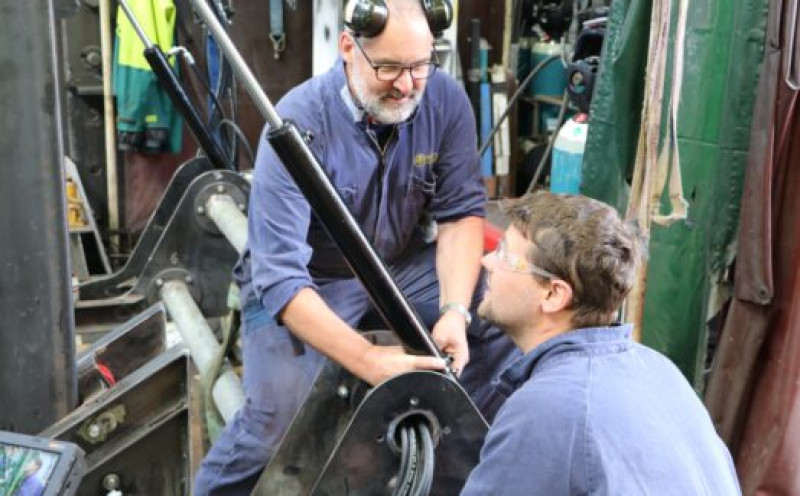An ambitious project, ‘Sensitivity of the West Antarctic Ice Sheet to 2°C warming’, involves researchers from New Zealand, the United States, Republic of Korea, UK, Australia, Italy, Germany, Spain, and Japan.
A new one-of-a-kind drilling system is essential to uncovering secrets – and predictions for the future – hidden beneath Antarctica’s vast Ross Ice Shelf. The drill is central to an expedition to the heart of Antarctica to understand the impact on Antarctica’s ice sheets of the Earth’s changing climate – and the potential consequences of ice melt for coastal communities around the world.
“Sediment cores are crucial for climate studies as they allow us to glimpse into past periods when the Earth’s climate was warmer – much like what we expect to experience in the coming decades.” Project co-chief Scientist, Richard Levy of GNS Science explains. “The new drill system will allow us to recover sediment cores from deep beneath the seafloor – far below the surface of the Ross Ice Shelf – at a site that is vulnerable to warming oceans around Antarctica”.”
Every core collected will contain layers of data that allow scientists to look back hundreds, thousands, and millions of years into Earth’s past to reveal the sensitivity to past warming of the Ross Ice Shelf and West Antarctic Ice Sheet. The data can be used to model the potential future impact of climate change.
Dr Molly Patterson, the SWAIS 2C project’s US-based Co-Chief Scientist from Binghamton University in New York says that future change in Antarctica will have far-reaching impact on societies across our planet.
“At the current rate of CO2 emissions, global mean temperatures will be 1.5°C and 2°C above pre-industrial levels in 10 to 20 years. This amount of warming could result in several metres of sea level rise over the coming centuries. One of the key drivers for the SWAIS 2C project is to test whether the West Antarctic Ice sheet collapsed during past intervals of warmth and determine its sensitivity to warming. In other words, we will attempt to answer the question, ‘Does the Paris climate target save the Ross Ice Shelf and limit Antarctic ice sheet melt’? If we fail to restrict carbon dioxide emissions in the coming decades, will we reach a critical temperature threshold, a tipping point, across which the Antarctic ice shelves will collapse and cause irreversible retreat of the WAIS and other marine portions of the Antarctic Ice Sheet, with commitment to multi-metre sea level rise over the coming centuries.” – a project that depends on a ground-breaking drilling system, designed in Aotearoa New Zealand.
Engineering Manager Darcy Mandeno, of Antarctic Research Centre at Victoria University of Wellington, is leading the new drill systems build, working with experts at Webster Drilling and Exploration in Porirua. Mandeno says no one has ever drilled deep into the Antarctic seabed at a location so far from a major base, and so close to the centre of the West Antarctic Ice Sheet. “The thin layer of ocean beneath the ice shelf at the study site has been accessed a few times, but a deep sediment core has never been recovered.”
Supported by the International Continental Drilling Program and Antarctica New Zealand, Antarctic field operations are scheduled to begin in November 2023.
Once the cores are collected, they will be flown back to New Zealand’s Antarctic hub at Scott Base and shipped to the Otago Repository for Core Analysis (ORCA), at Otago University, for studying.


